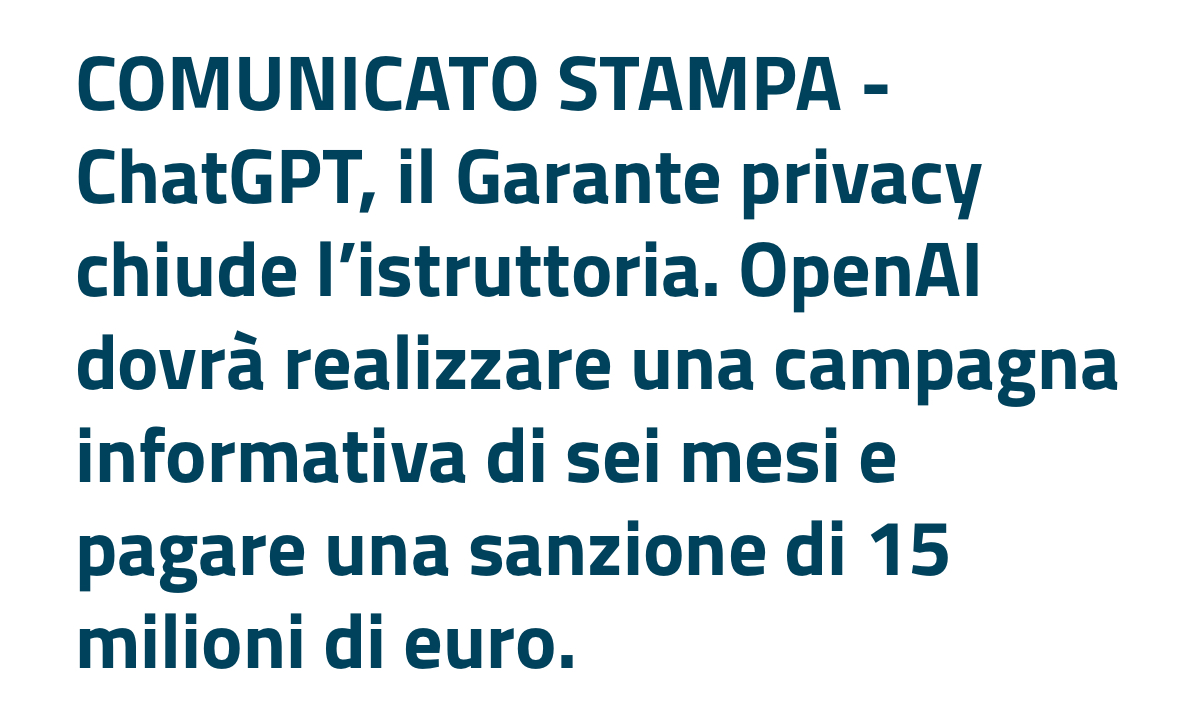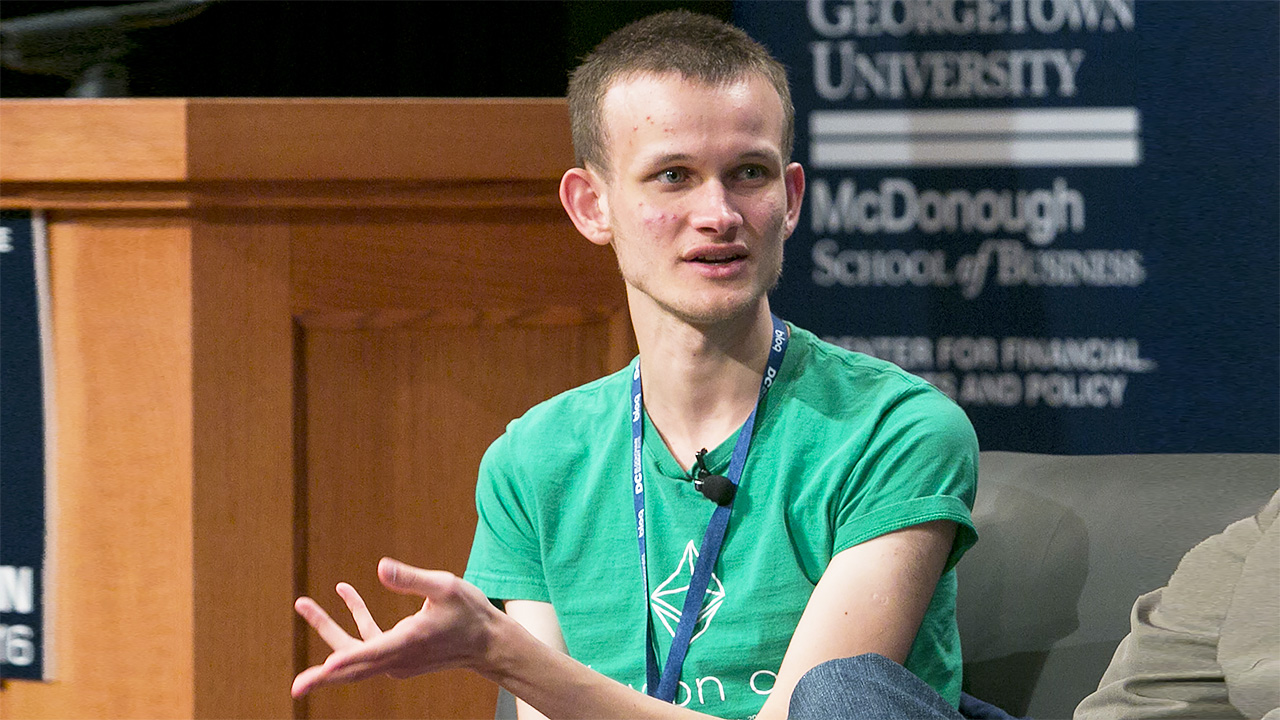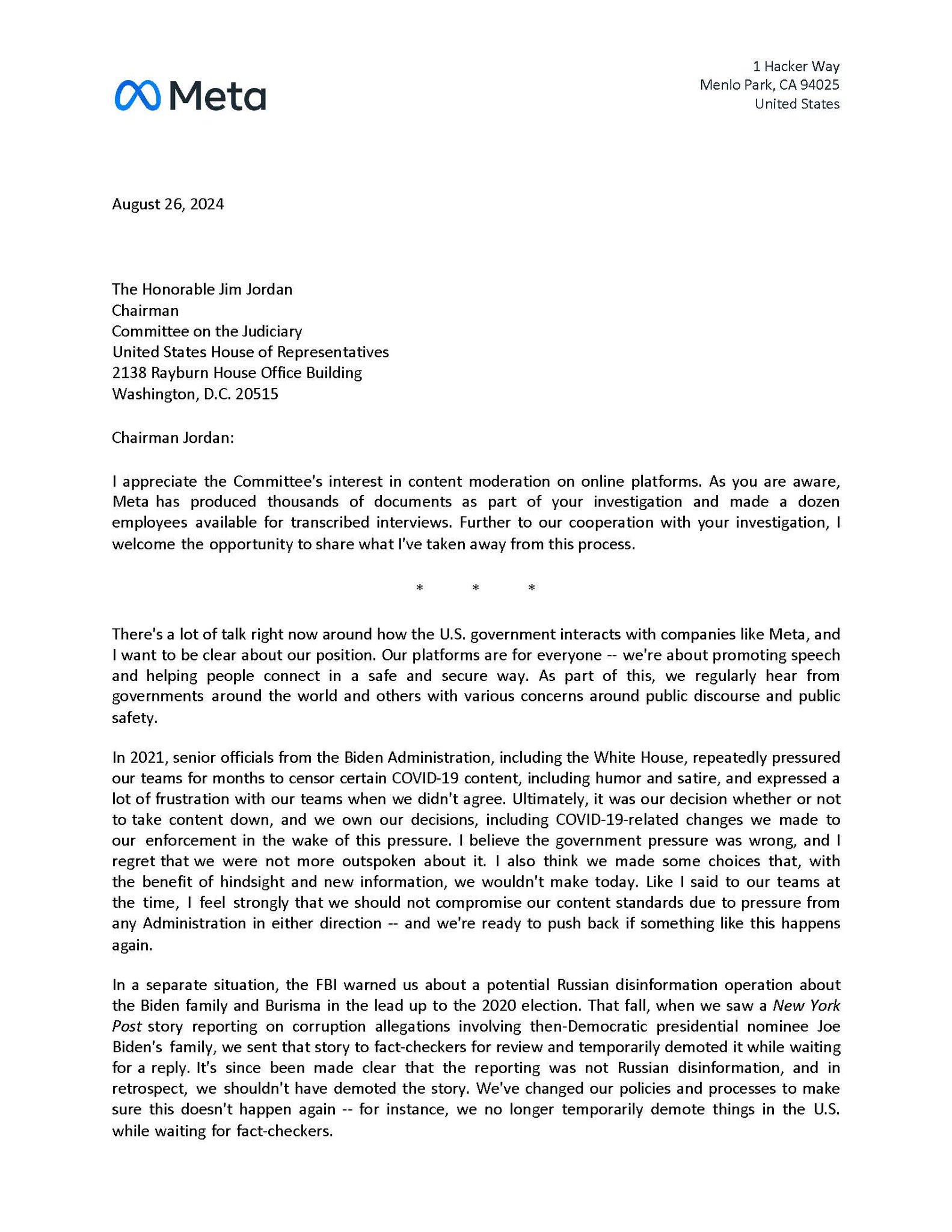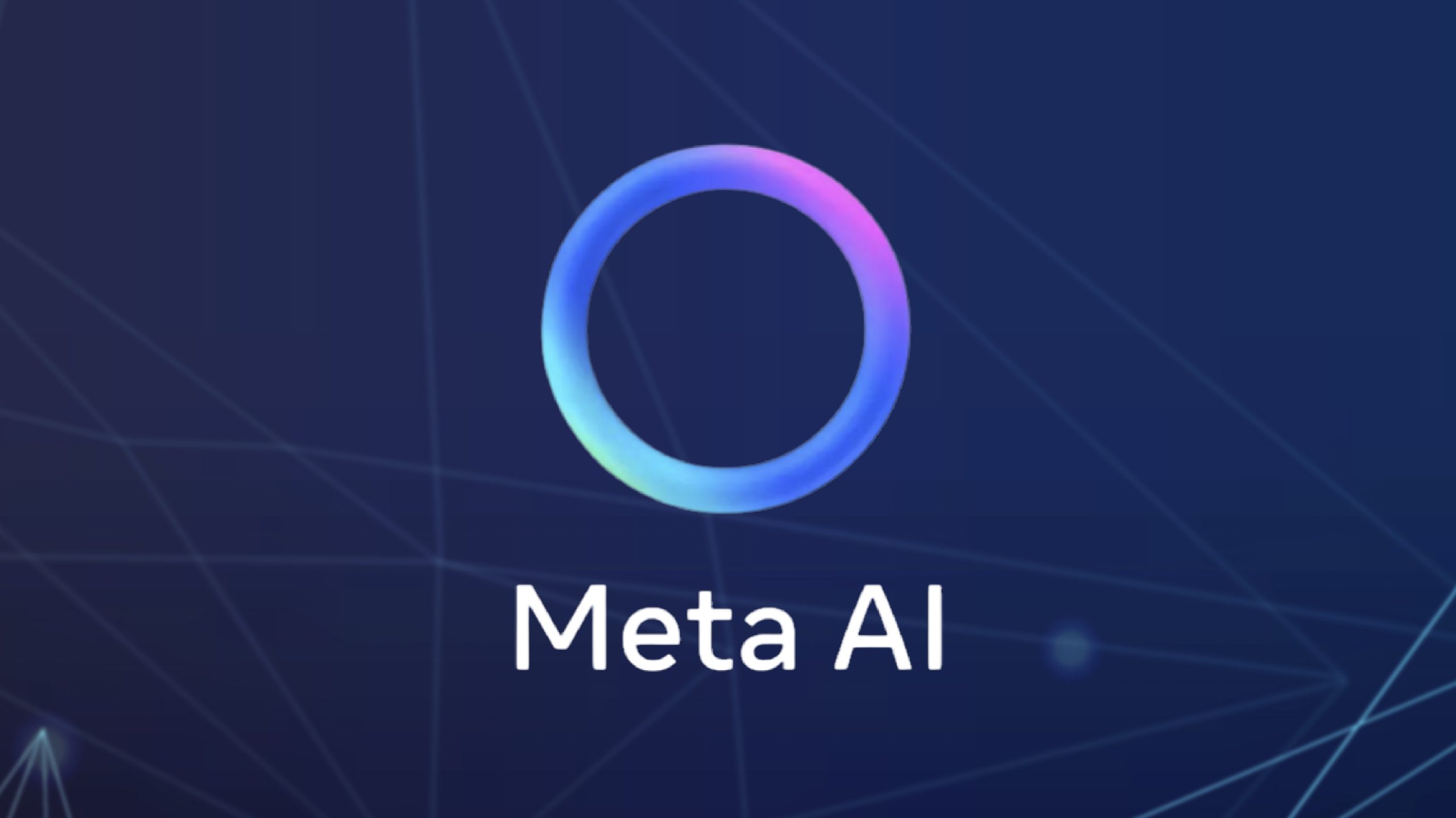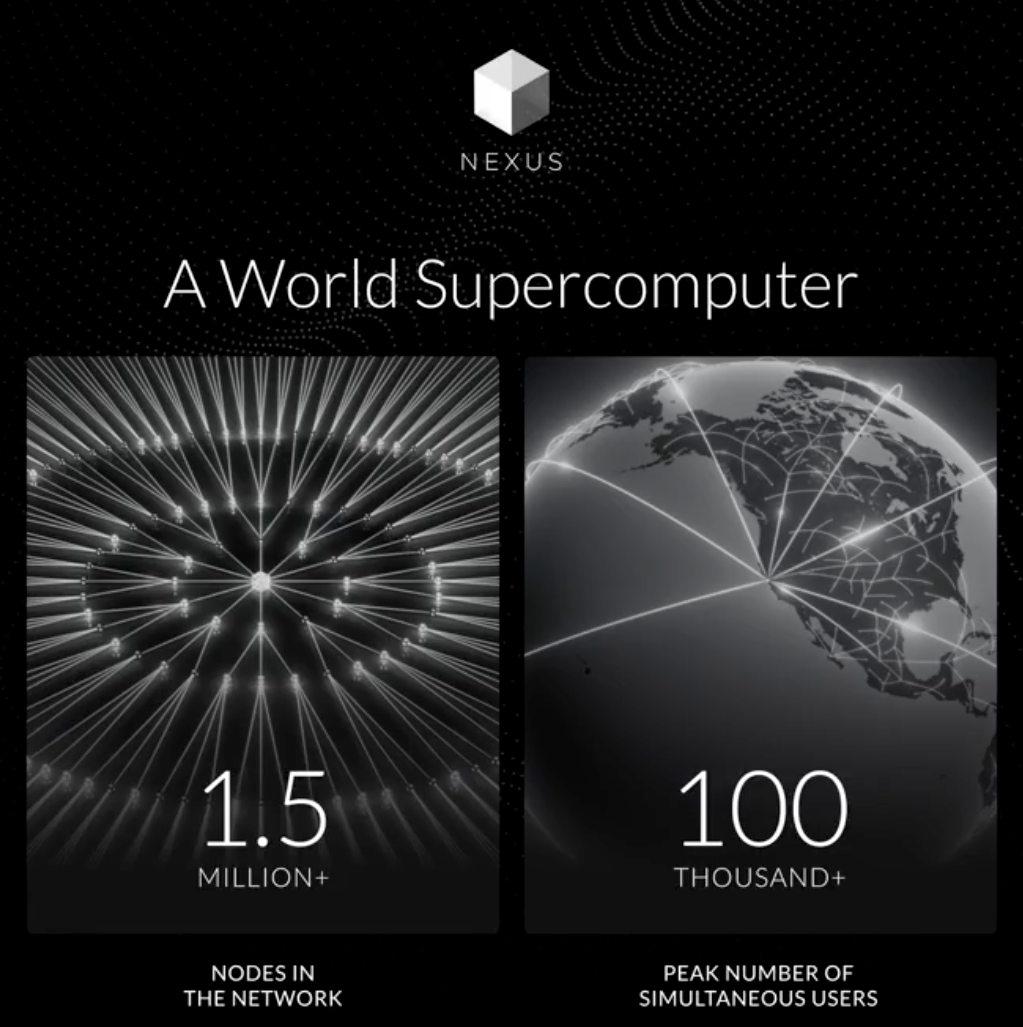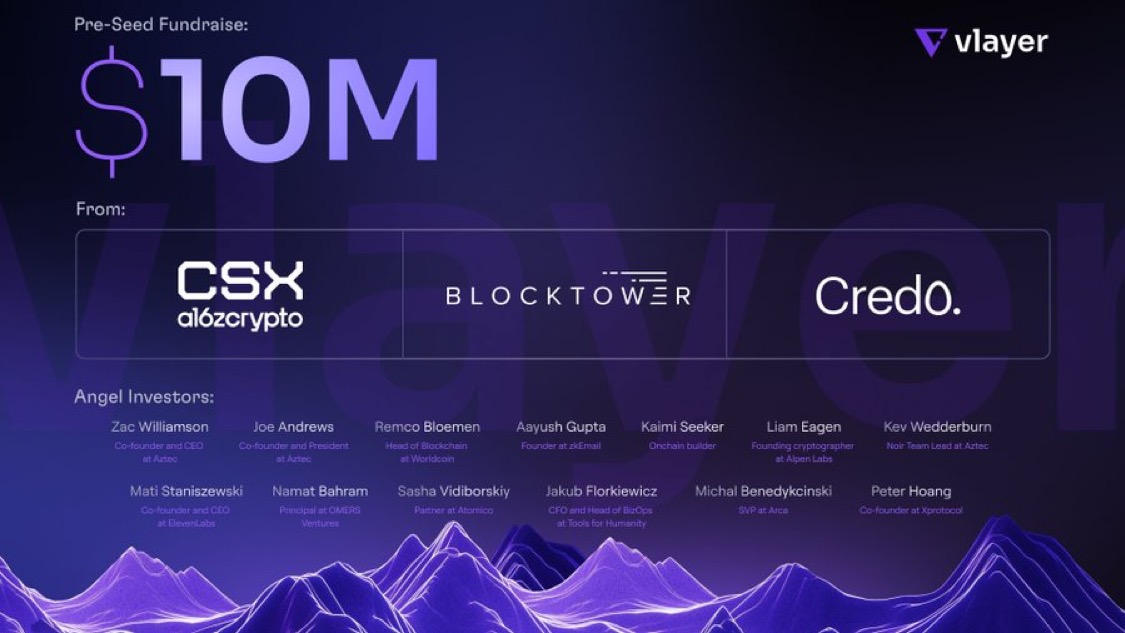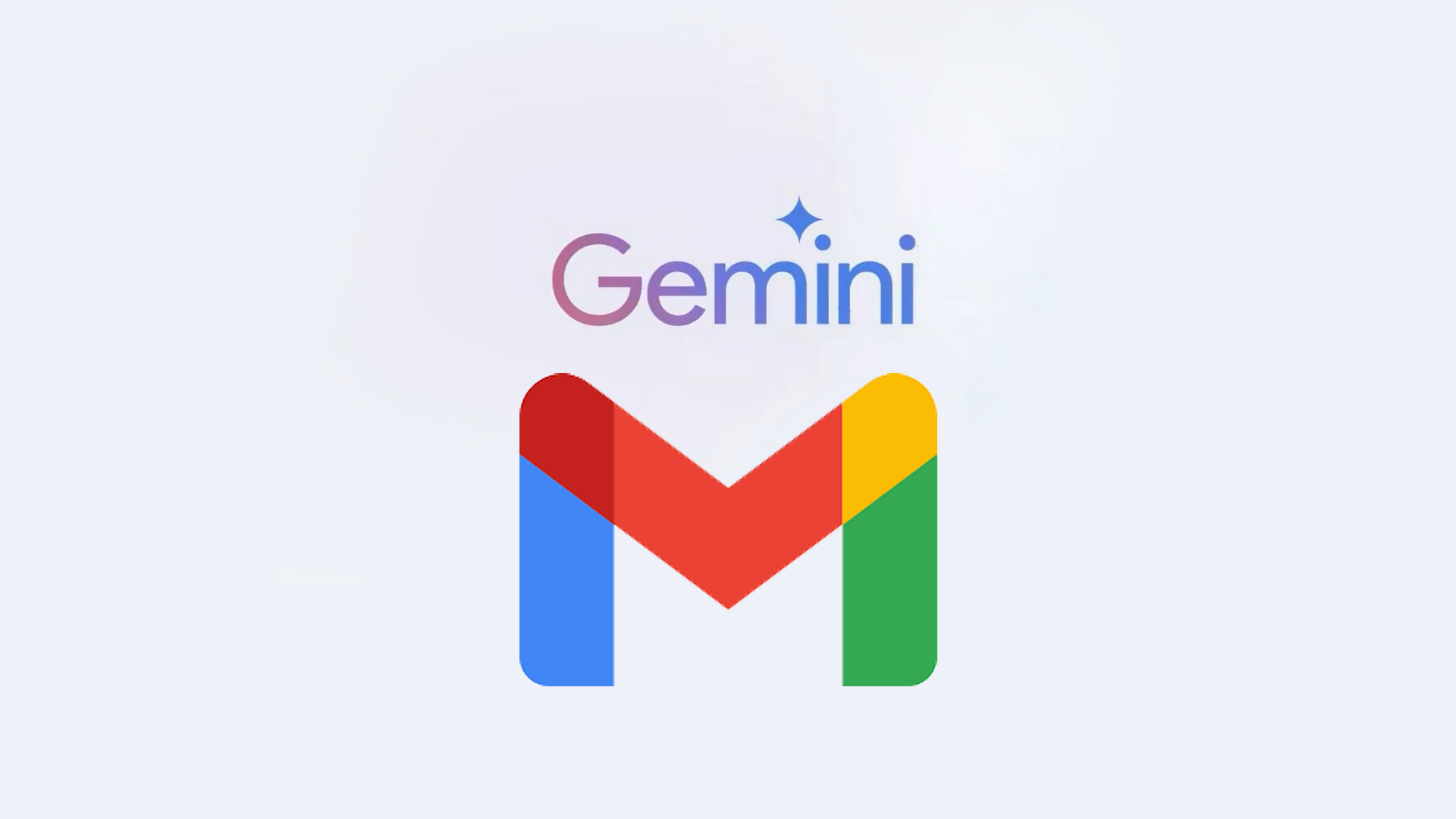OpenAI has officially rolled out new language models — GPT-4.1 and GPT-4.1 mini — in ChatGPT. These models are designed for coding, task execution, and faster response generation. GPT-4.1 mini is now replacing GPT-4o mini as the default model for all ChatGPT users, including those on the free tier.
GPT-4.1 is now available to users on ChatGPT Plus, Pro, and Team plans. It will also become available to ChatGPT Enterprise and ChatGPT Edu users in the coming weeks.
What’s New in GPT-4.1
GPT-4.1 is part of a new model family introduced by OpenAI in April 2025, which includes:
- GPT-4.1 — a high-accuracy model optimized for reasoning, task execution, and coding.
- GPT-4.1 mini — a lighter, faster version designed for high-performance use in ChatGPT.
- GPT-4.1 nano — an ultra-compact model built for mobile and embedded systems, initially accessible via API.
According to OpenAI, GPT-4.1 was engineered specifically for programming tasks and precise instruction following. It outperforms GPT-4o and other prior models in technical benchmarks like SWE-bench, which evaluates AI’s ability to fix real bugs in code repositories. Despite its higher performance, GPT-4.1 retains the responsiveness and efficiency developers need for daily tasks.
Importantly, GPT-4.1 is not a successor to GPT-4o and does not introduce new modalities (like vision, audio, or speech). Instead, it builds on existing architecture with improvements in stability, predictability, and task reliability.
Why It Matters
GPT-4.1 and its lighter variants aim to bridge the gap between the speed of smaller models (like o4-mini) and the precision of full-scale models. This is especially valuable for developers, engineers, analysts, and power users who rely on ChatGPT for coding, bug fixing, SQL generation, or documentation.
OpenAI also emphasized the lower inference cost for API users: the mini and nano versions are more resource-efficient and faster, making them more affordable for third-party applications.
Controversy and OpenAI’s Response
Despite the technological improvements, the release of GPT-4.1 sparked criticism from AI safety researchers. Critics pointed out that OpenAI did not publish a full safety or capability report alongside the launch, a move seen as a deviation from its previously stated commitments to transparency.
In response, OpenAI clarified that GPT-4.1 does not pose risks on par with frontier models like GPT-5, as it does not introduce new cognitive capabilities or high degrees of autonomy.
“GPT-4.1 is not more intelligent than o3 and introduces no new forms of interaction. While safety remains important, the considerations here differ significantly from those involved in deploying frontier models,” explained Johannes Heidecke, Head of System Safety at OpenAI.
Context: A Wave of Releases from OpenAI
GPT-4.1 is part of a broader wave of updates introduced by OpenAI in spring 2025. Other recent releases and features include:
- The new o3 architecture, supporting multimodal capabilities like voice, video, and screen interaction.
- The o4-mini model — faster and lighter, though noted for occasional factual inaccuracies.
- The GPT Store, where users can create and browse custom GPT agents.
- A memory system that allows ChatGPT to retain user context across sessions.
- Custom behavior settings, letting users define the assistant’s tone and personality.


